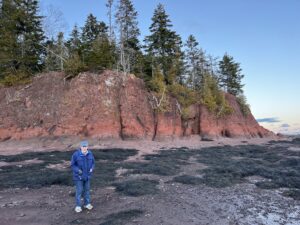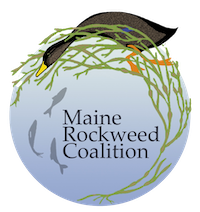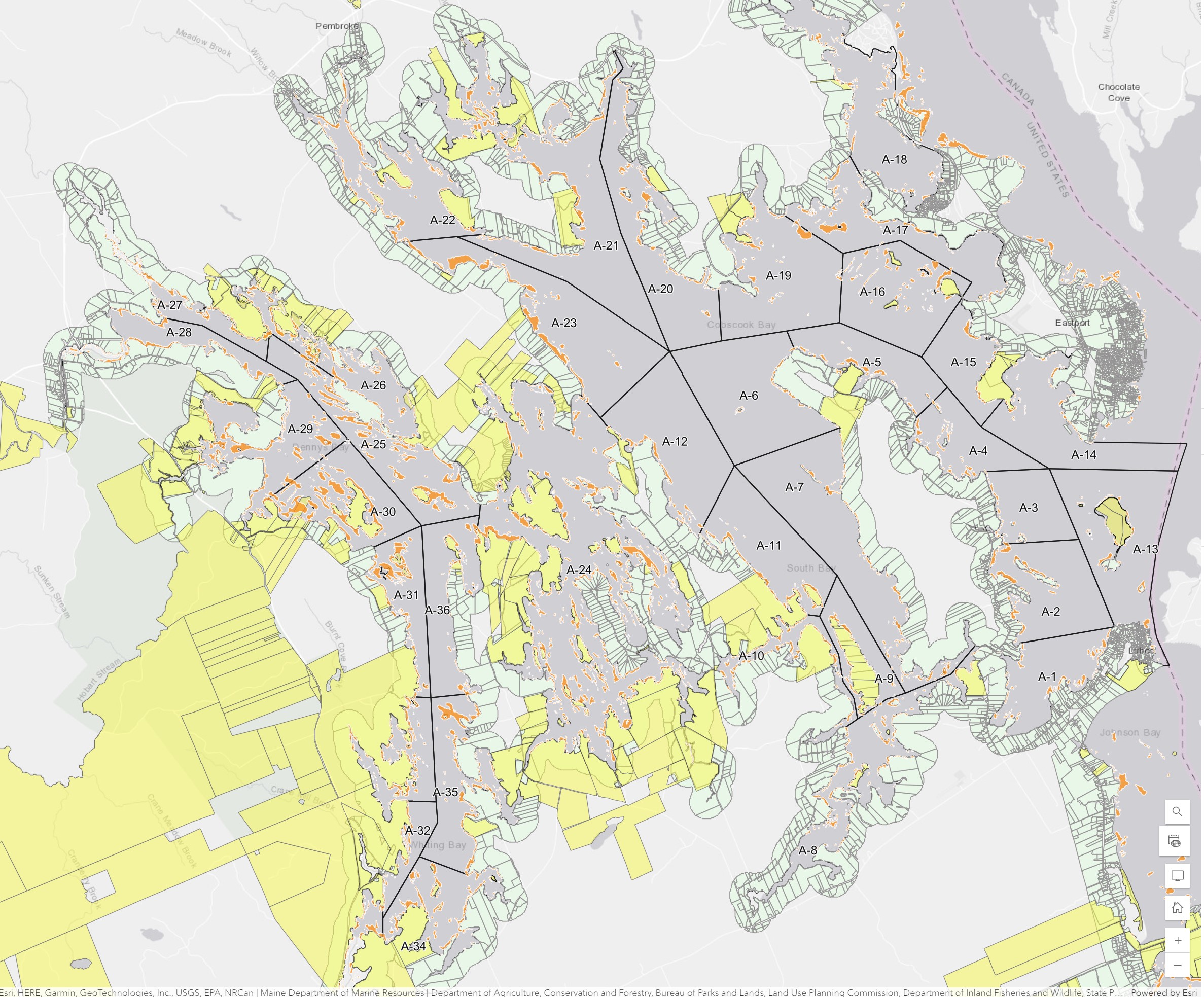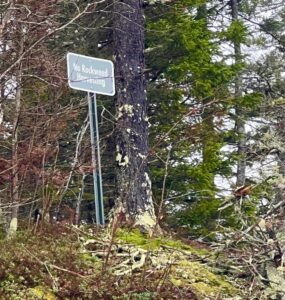Maine Rockweed Coalition
Promoting conservation of intertidal marine habitat.
Please donate!
We are a platinum seal 501c3, the highest level awarded by CANDID for transparency. We are grateful for donations. Donations fund our research, educational outreach, and advocacy.
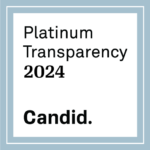
NEW! 2025 Rockweed events map. Art shows, info tables, lectures, field trips!
Dr. Ken Ross (1937 – March 6, 2024). Founding board member. Plaintiff in the landmark Ross v Acadian Seaplants case, which resulted in landowners having the legal right to deny rockweed harvesters access to the rockweed on their intertidal property. We remember Ken with gratitude and affection.
